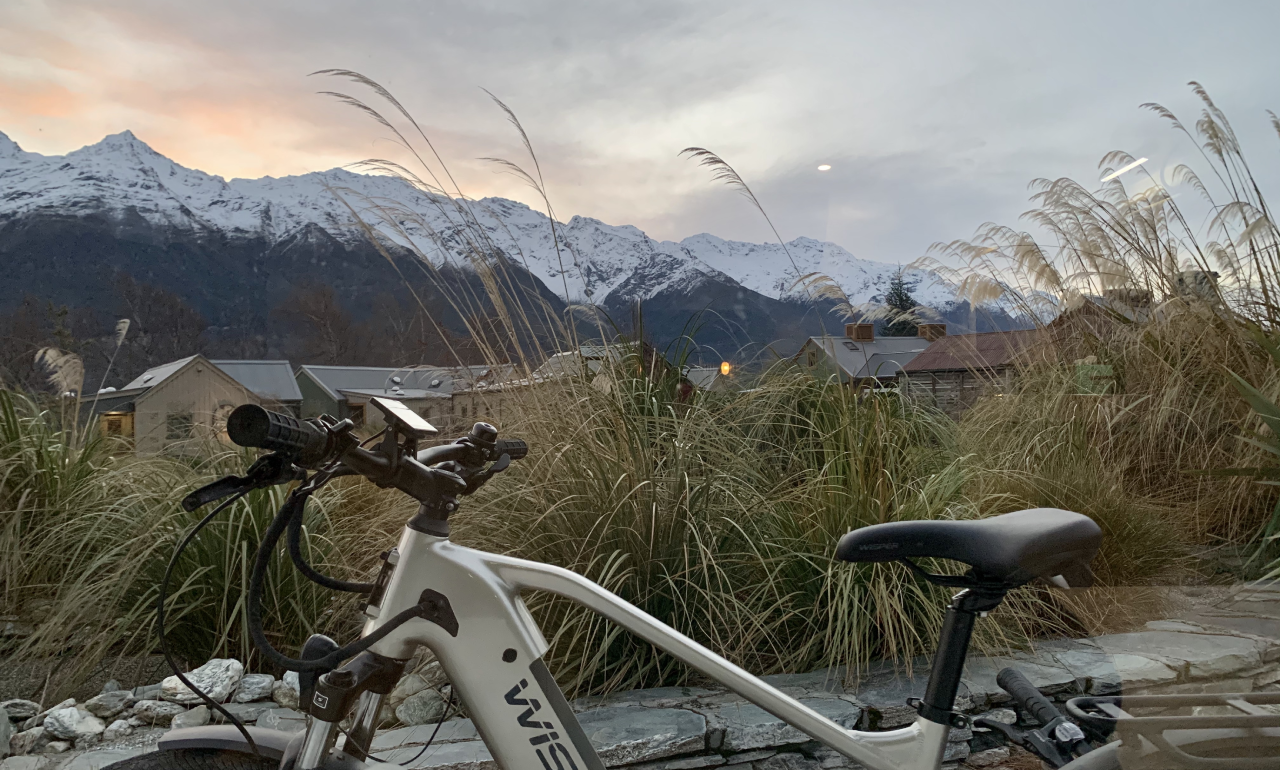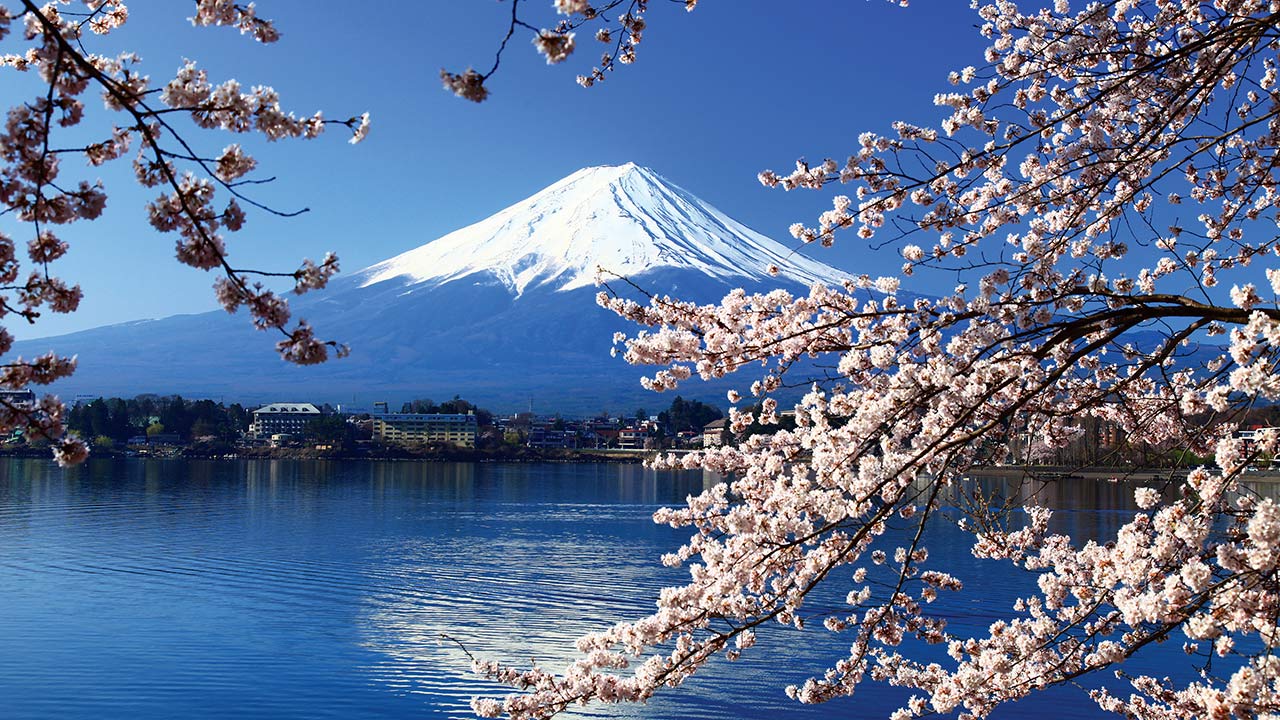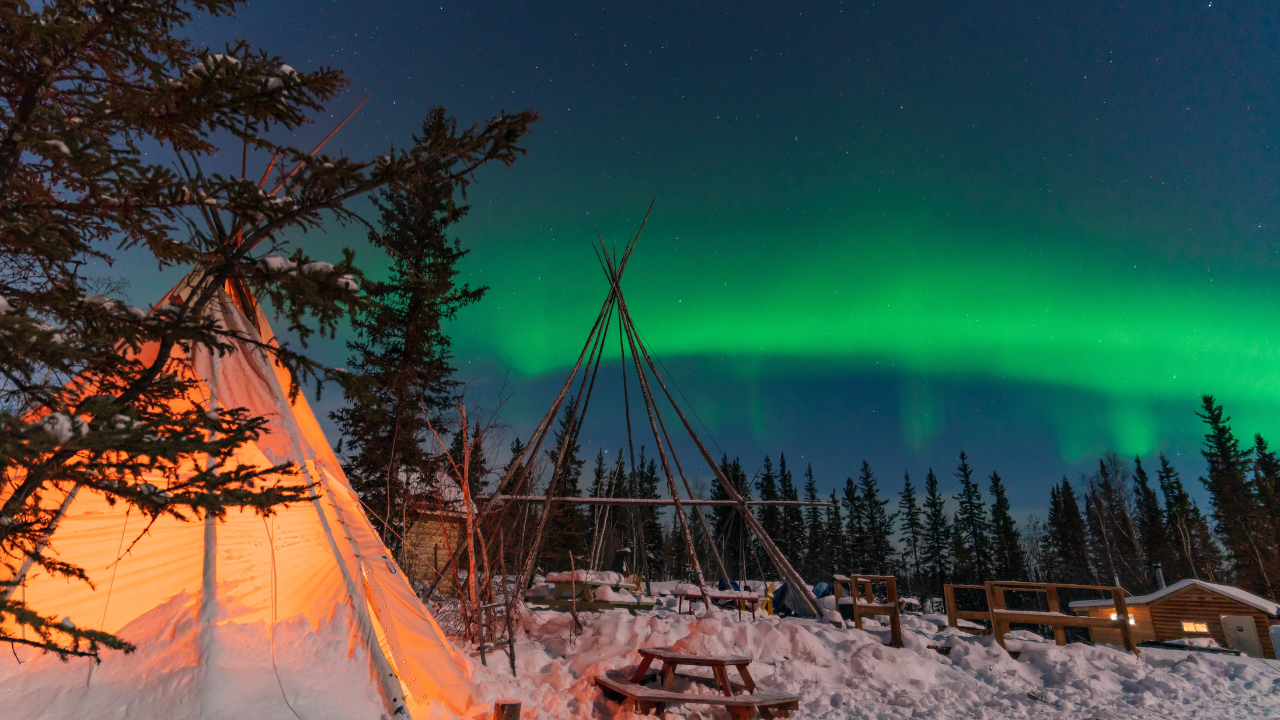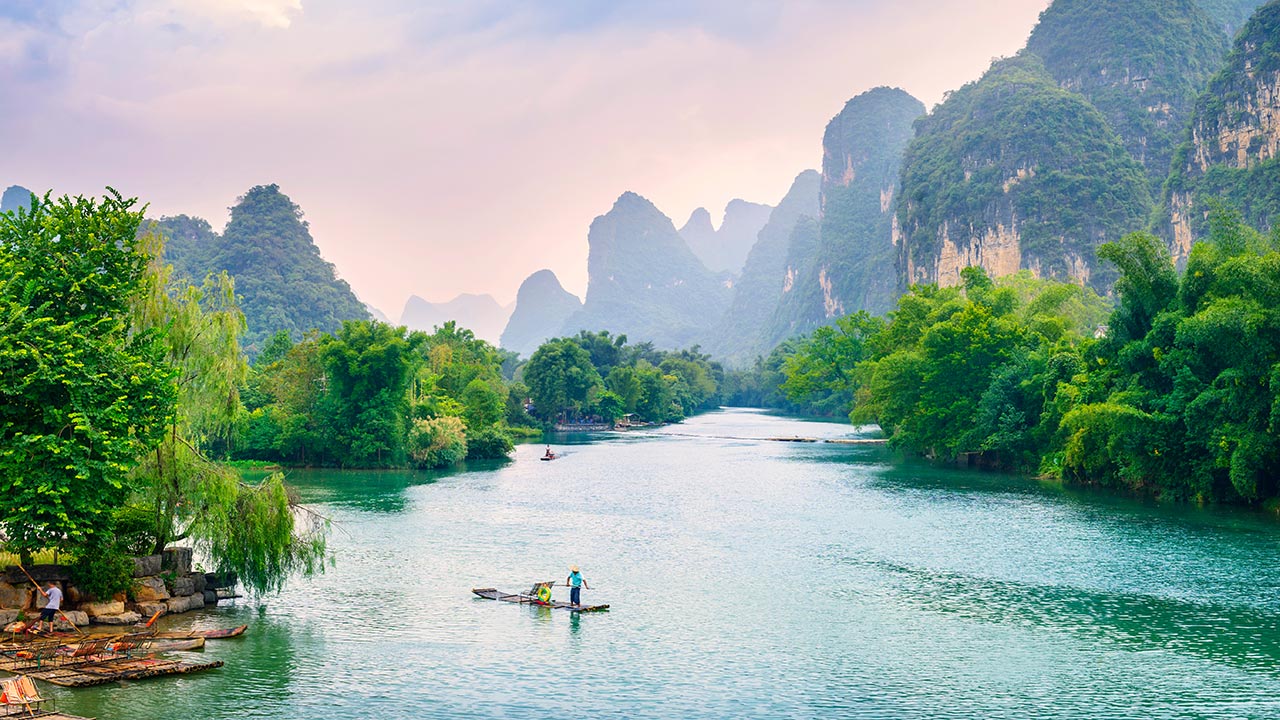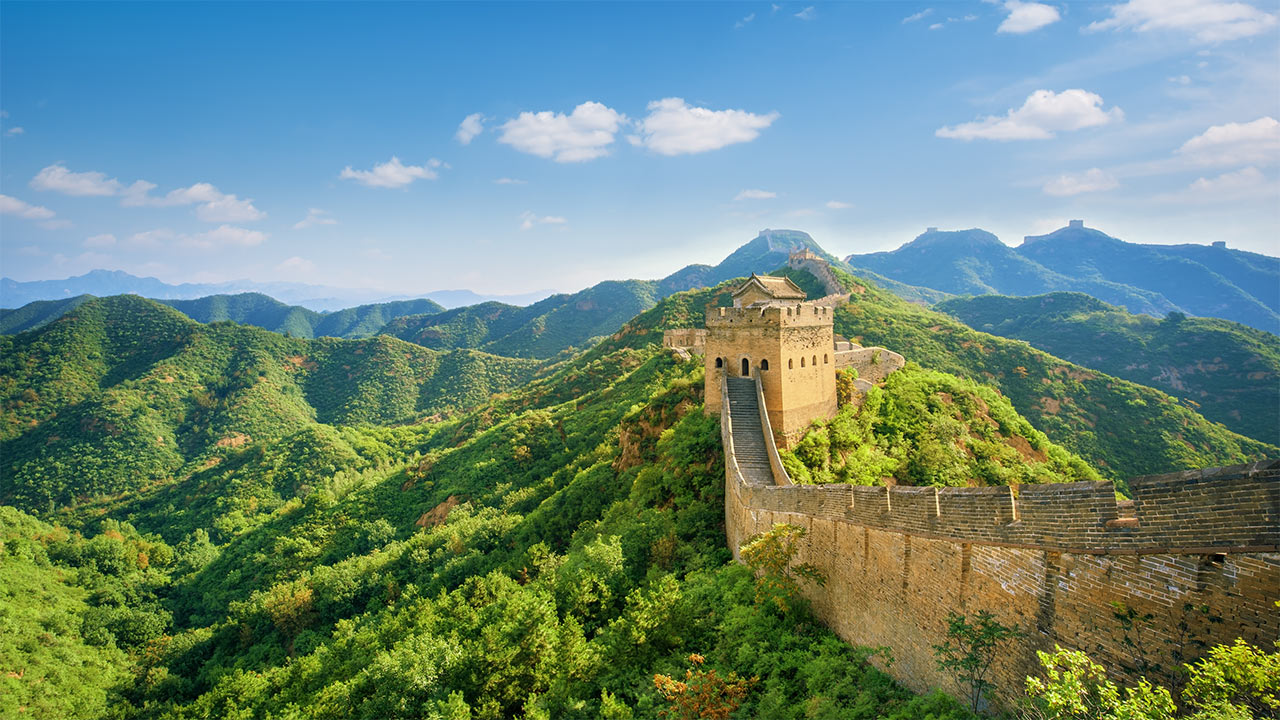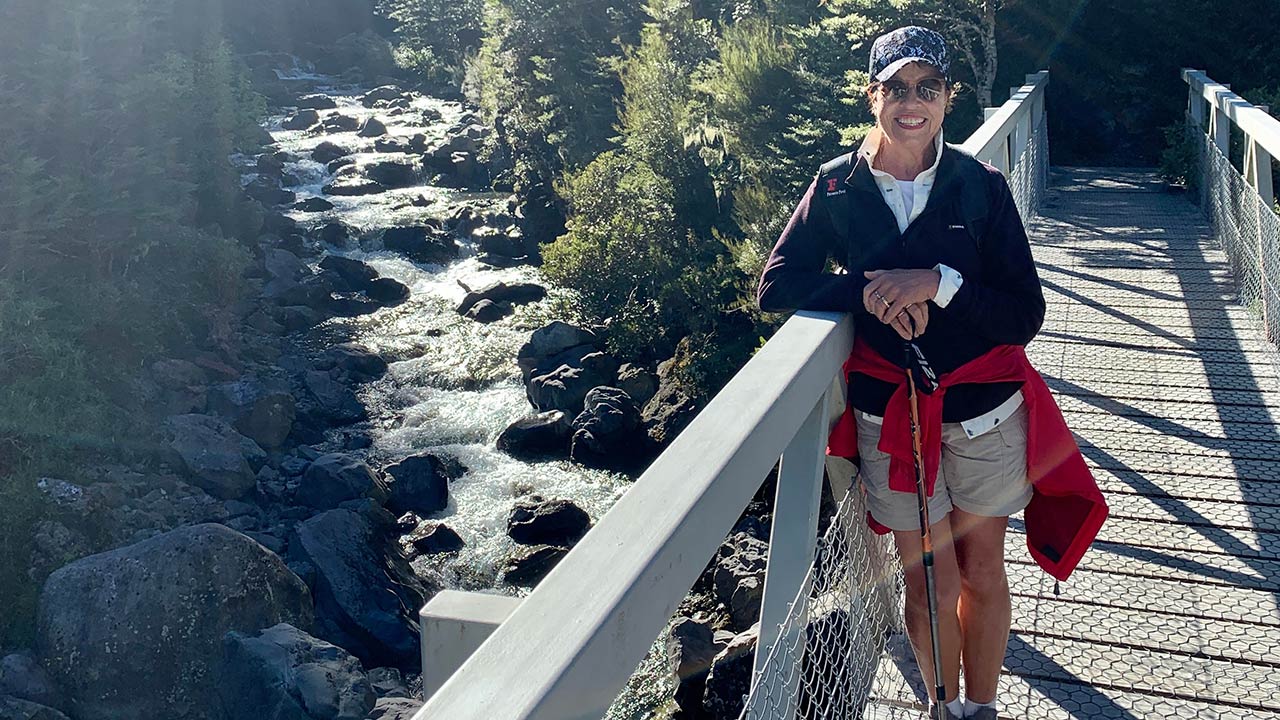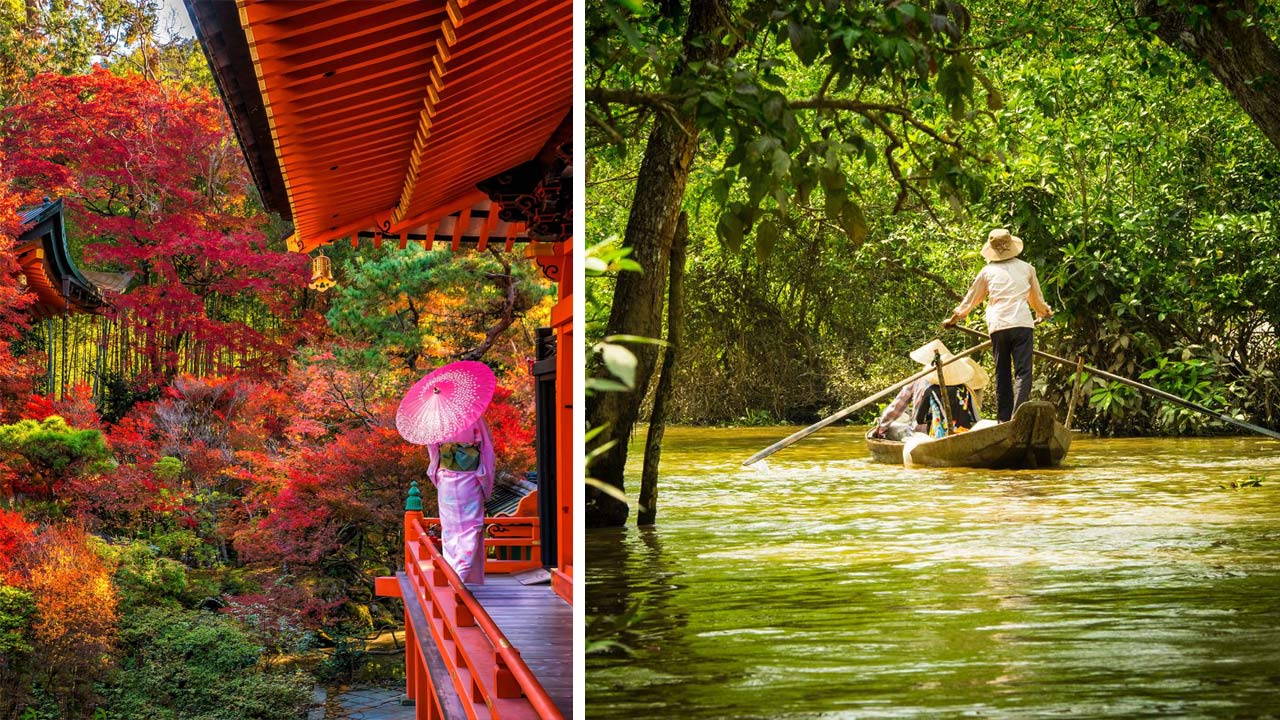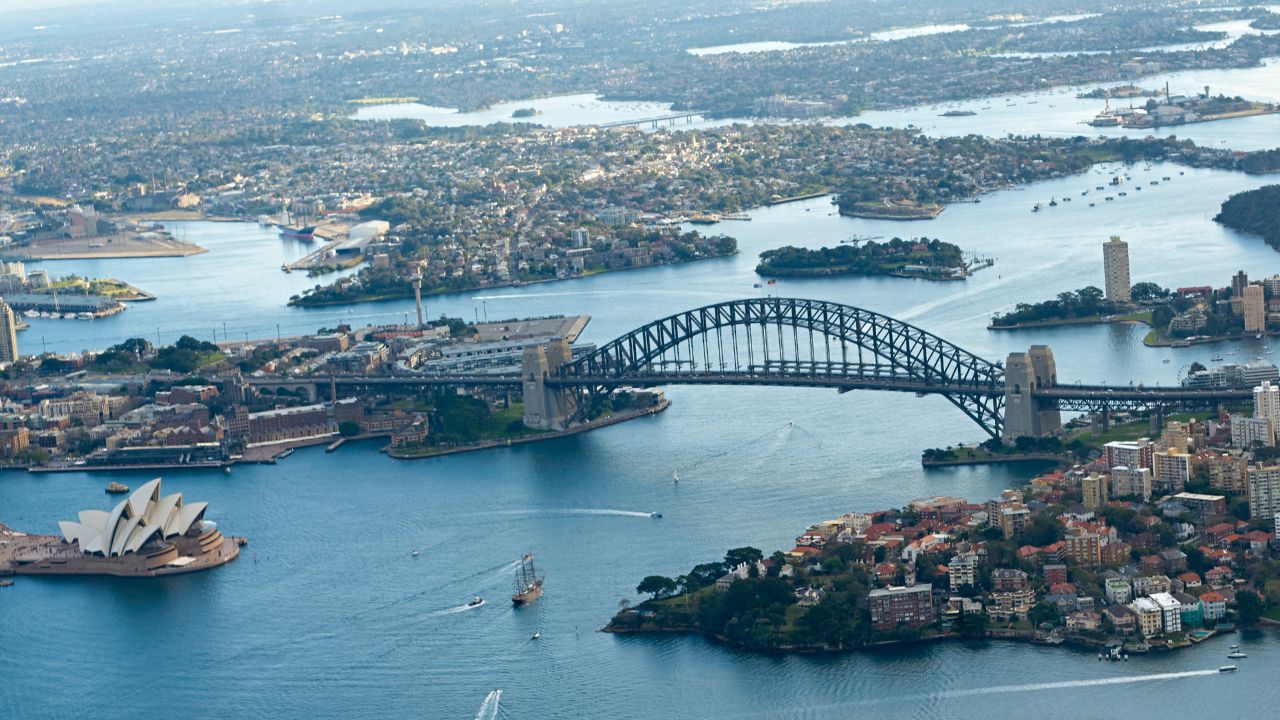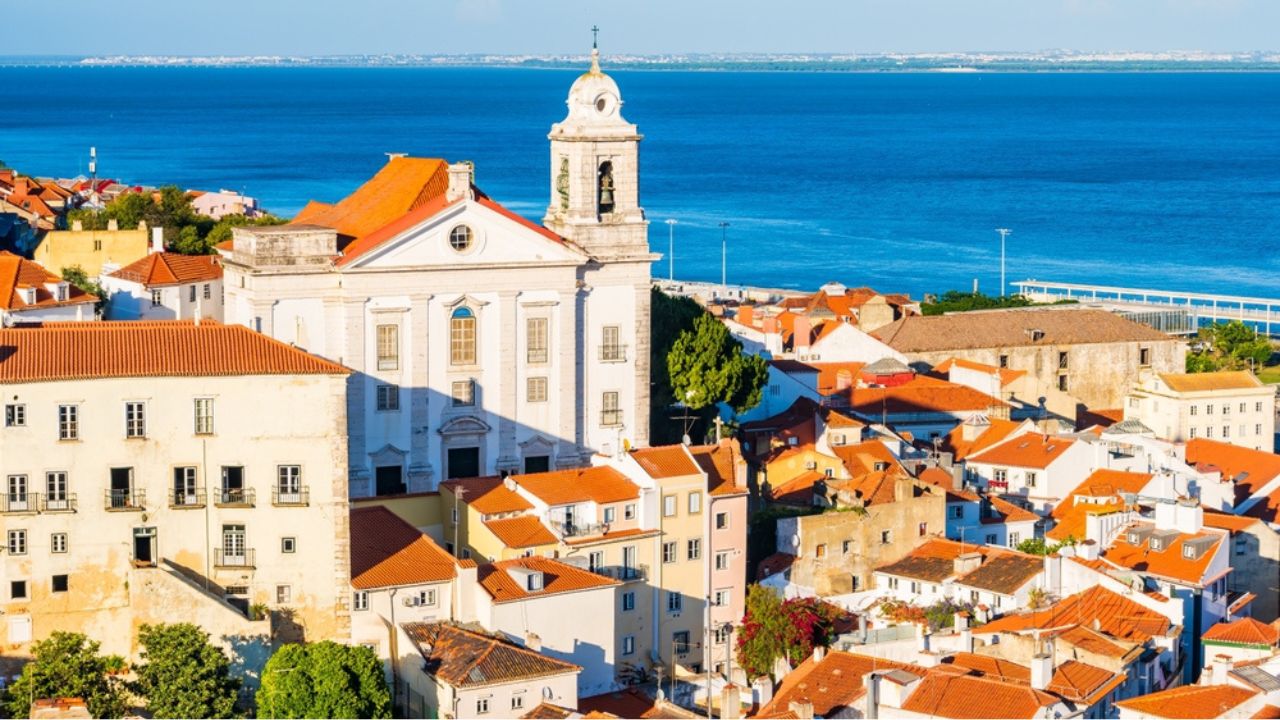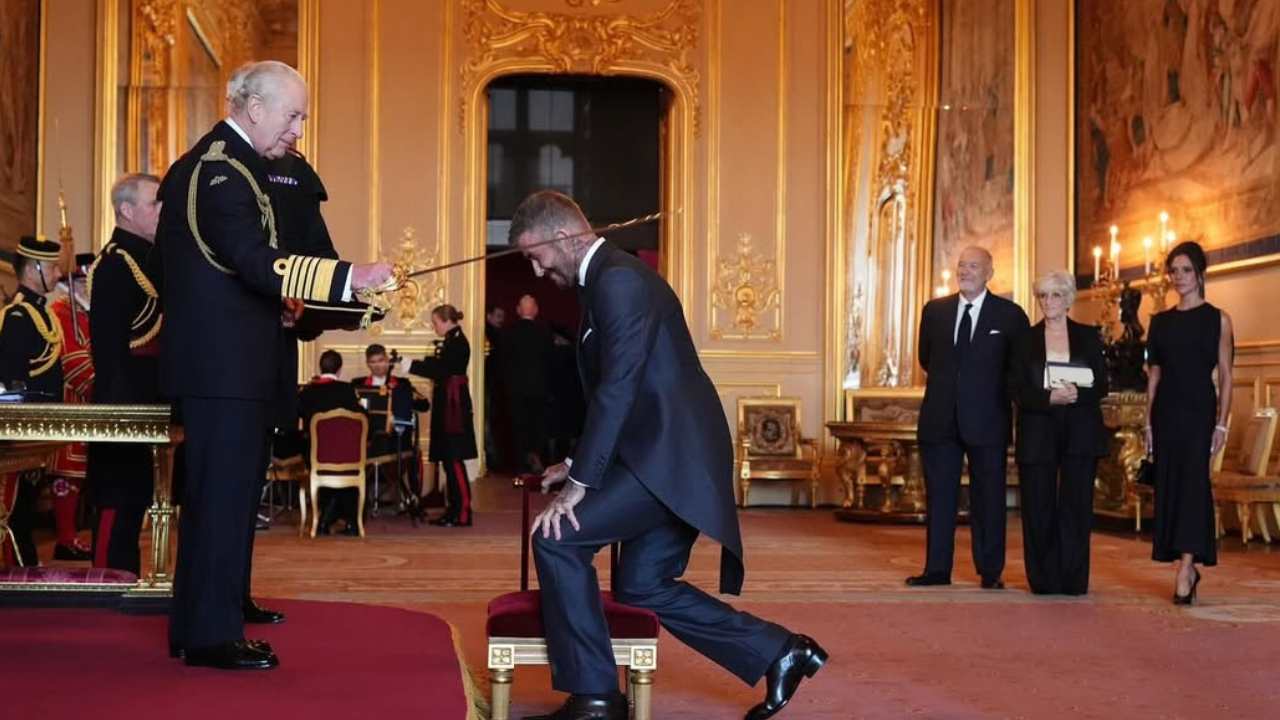A few years ago, when we stayed at Mrs Woolly’s Camping Ground at Glenorchy, we were fascinated by the construction of the multi-million-dollar Camp Glenorchy Eco Retreat under way next door. Turning greener with the years, I’ve been keen to check it out ever since. We finally got to stay there on our recent South Island ebiking and motorhome road-trip.
Opened in March 2018, the story behind the camp is visionary and inspirational. It’s the brainchild of US philanthropists Debbi and Paul Brainerd who fell in love with the Glenorchy region 20 years earlier after tramping the Routeburn and Hollyford Tracks. Designed according to the Living Building Challenge (LBC), the most rigorous sustainability standards in the world, the camp is committed to “offering a unique opportunity to experience living in harmony with nature”. The seven categories of the LBC are represented as the petals of a flower – Place, Health and Happiness, Energy, Water, Materials, Beauty and Equity – and involve such factors as supplying their own water and energy, having a healthy interrelationship with nature, supporting a just and equitable world, celebrating design that uplifts the human spirit, using materials that are safe for all species, creating spaces that optimise health and wellbeing . . . all concepts close to my heart, especially the energy and water efficiency aspects.

Early morning, surrounded by snow-capped mountains at Camp Glenorchy Eco Retreat. Picture by Justine Tyerman
New Zealand’s only net positive energy accommodation, clever technology allows the camp to generate more energy than it uses – in fact it generates 105 percent of the energy it uses each year.
Facilities include smart bunkhouses and eco cabins, powered RV/motorhome sites, and shared spaces for guests in the Homestead with a fabulously well-equipped open kitchen, dining room, sunroom, lounge, conference rooms and an outside campfire.
Eye-catching artworks are a feature of the camp. An entire wall in the Humboldt Room, named after the magnificent mountain range it looks onto, is made of driftwood by international landscape artist Jeffrey Bale.
I loved the use of recycled materials from the demolition of local woolsheds, stockyards, a grain warehouse and buildings damaged in the Christchurch earthquakes.
There are state-of-the-art bathroom facilities with fabulous fully-tiled showers and 100 percent odourless composting toilets that save a whopping 300,000 litres of water per year. Purified rainwater supplies the showers and solar power is the energy source.
The Homestead building at Camp Glenorchy Eco Retreat. Picture by Camp Glenorchy Eco Retreat
Photos in the Homestead tell the story of the camp’s construction. There’s also historical information about the Head of the Lake for guests to read. Maori began arriving in Aotearoa about 750 years ago and named the South Island Te Wai Pounamu, the ‘Waters of Greenstone’. The region is rich in pounamu, a stone highly treasured by Maori who carved it into adzes, chisels, knives, hooks, clubs and ornaments.
European settlement in the area began in 1861 when William Rees established a sheep station there. Then came the gold rush of 1862, sawmilling of beech and totara, scheelite mining and tourism. Travellers in the 1880s came up the lake by steamship had a choice of three hotels. A road link from Queenstown was opened in 1962 and finally sealed in 1997.
All profits from Camp Glenorchy go to the Glenorchy Community Trust, directed by leaders of the local community “to support initiatives that enhance the liveability and vibrancy of Glenorchy”.
The retreat has recently been named in TIME magazine’s list of the World’s 100 Greatest Places. It’s seriously impressive, especially for those, like me, into sustainability.
In the evening, we had our first night ride on our Wisper Wayfarer ebikes – just a couple of minutes to the Glenorchy Hotel where we enjoyed a hearty dinner by a roaring open fire. The place was packed with locals and visitors watching a rugby match. Such a warm, friendly environment.

The communal kitchen at Camp Glenorchy Eco Retreat. Picture by Camp Glenorchy Eco Retreat
As we cycled back to the camp, the dark night sky was studded with stars. Glenorchy’s isolation makes it one of New Zealand’s best star-gazing locations, especially on clear winter nights.
Our motorhome was surrounded by Maui look-a-likes when we arrived home. New Zealanders had certainly heeded the call to explore their own backyard and were out in force. It was a frosty evening but we were cosy in no time, thanks to the efficient heating system.
We lit the gas, boiled water for hot water bottles, left the heating on low and piled on an extra duvet, thinking we would freeze . . . but after five minutes the hotties and the extra duvet got the biff, we turned the heating off, opened a skylight and slept soundly.
Talking of sleep, the bedding arrangement in the 4-berth Cascade was ingenious. At the push of a button, a queen-size bed appeared from the ceiling while another below was able to be made up from the squabs in the rear lounge. The upper bed recessed into the ceiling when not in use. Such clever use of space.
We awoke to a perfect day. Surrounded by snow-capped mountains, the view from our bedroom window was breath-taking. We couldn’t wait to jump on our ebikes and explore more of this place called Paradise . . .
To be continued.



